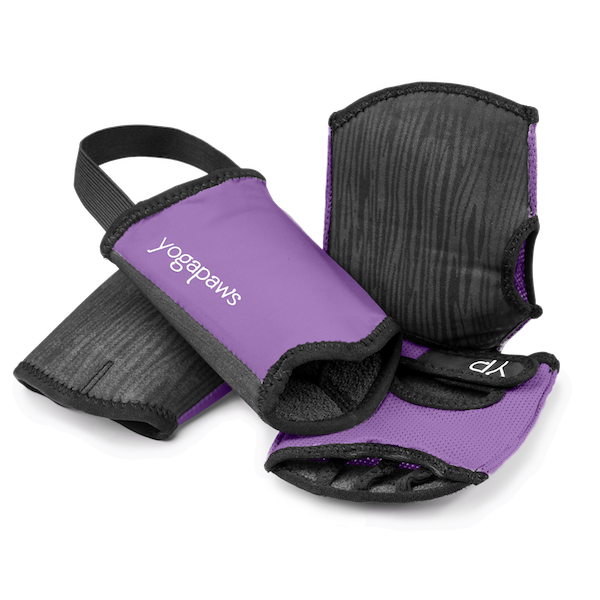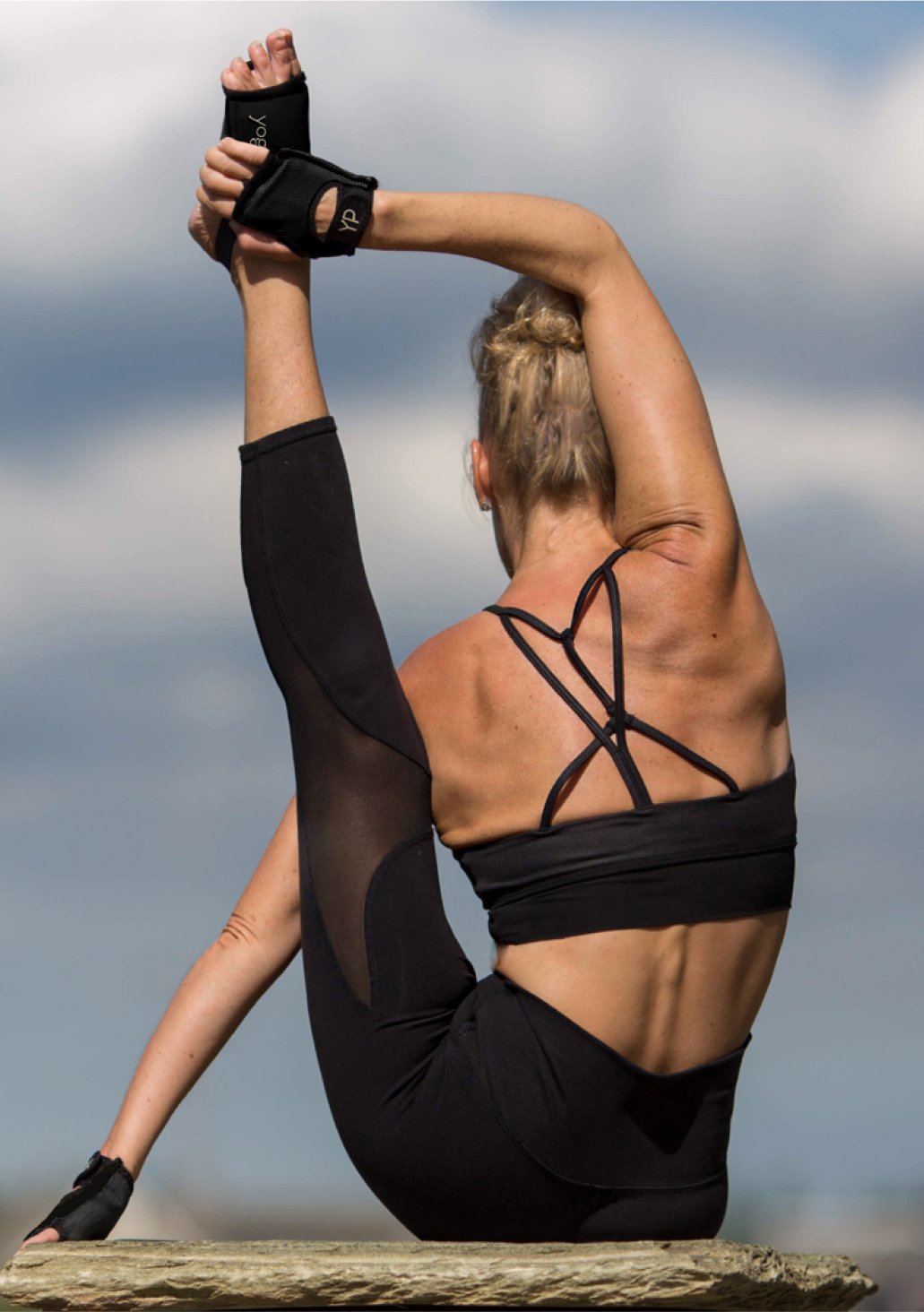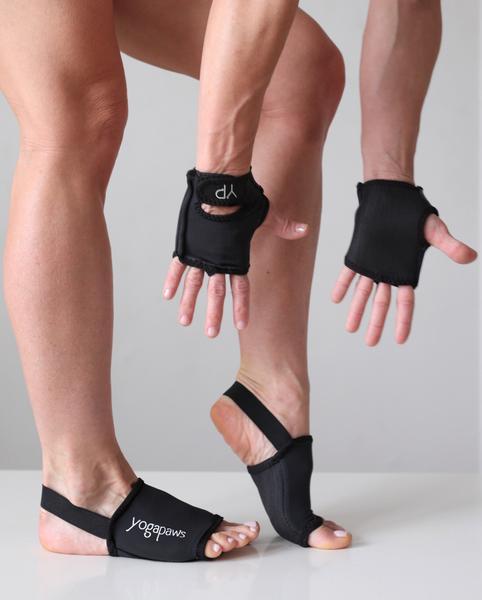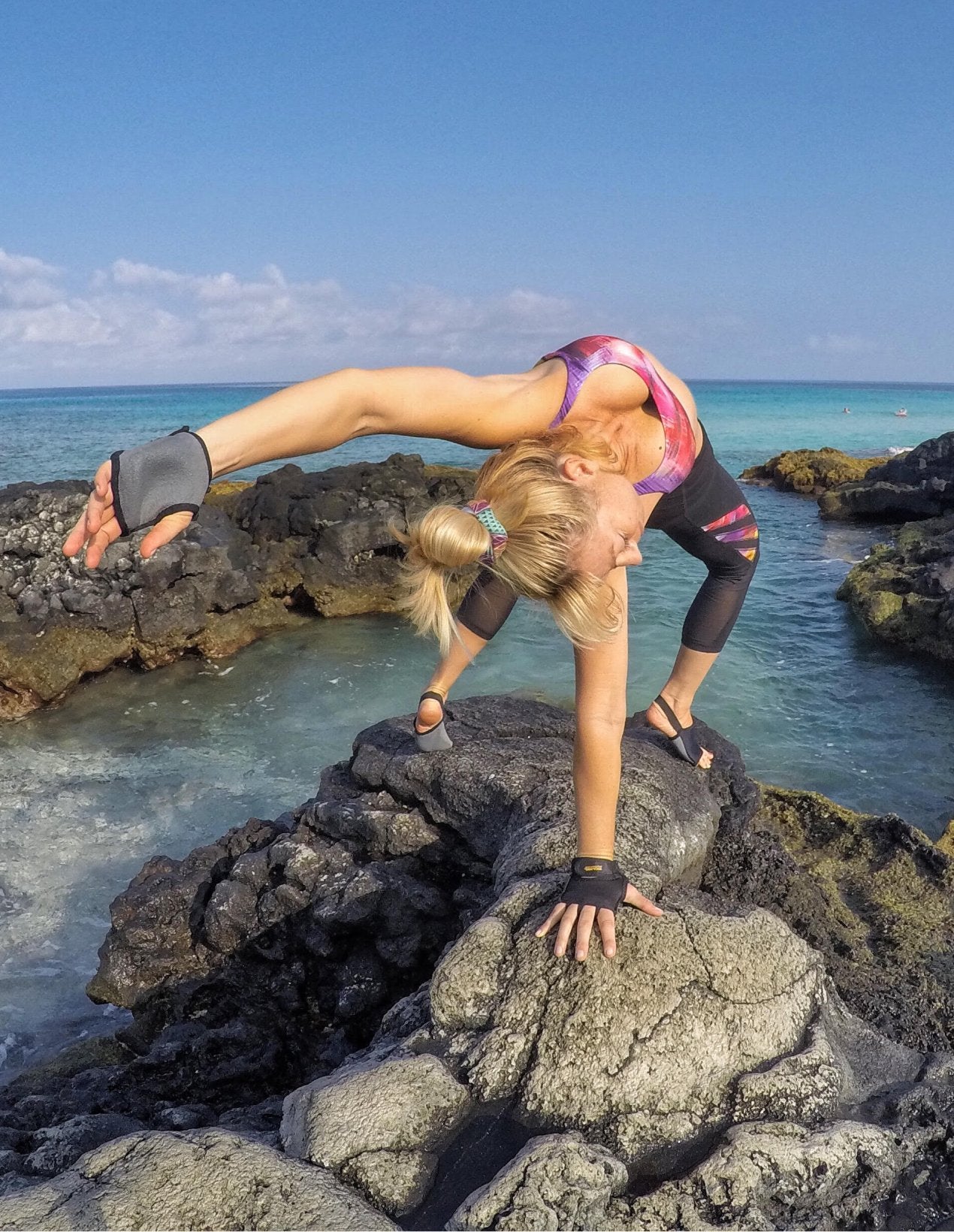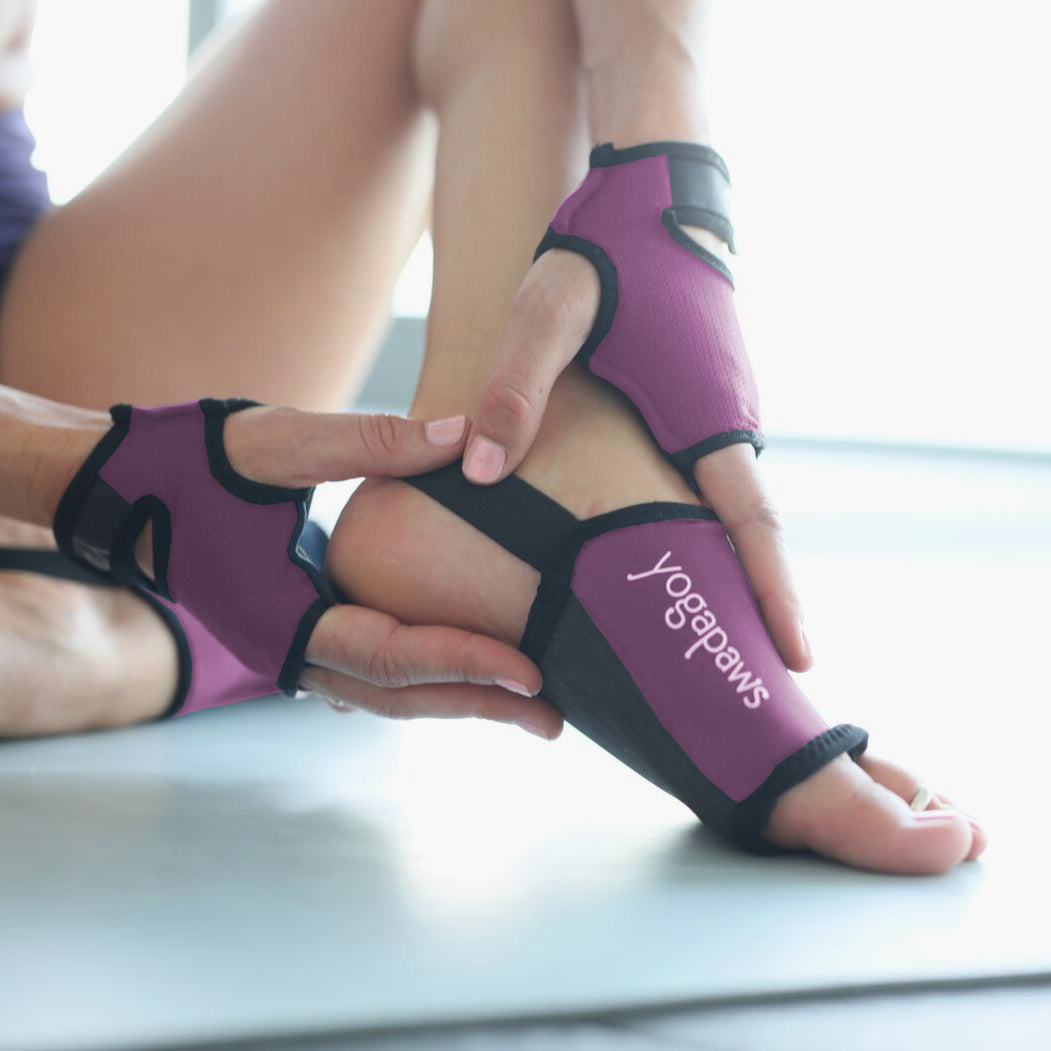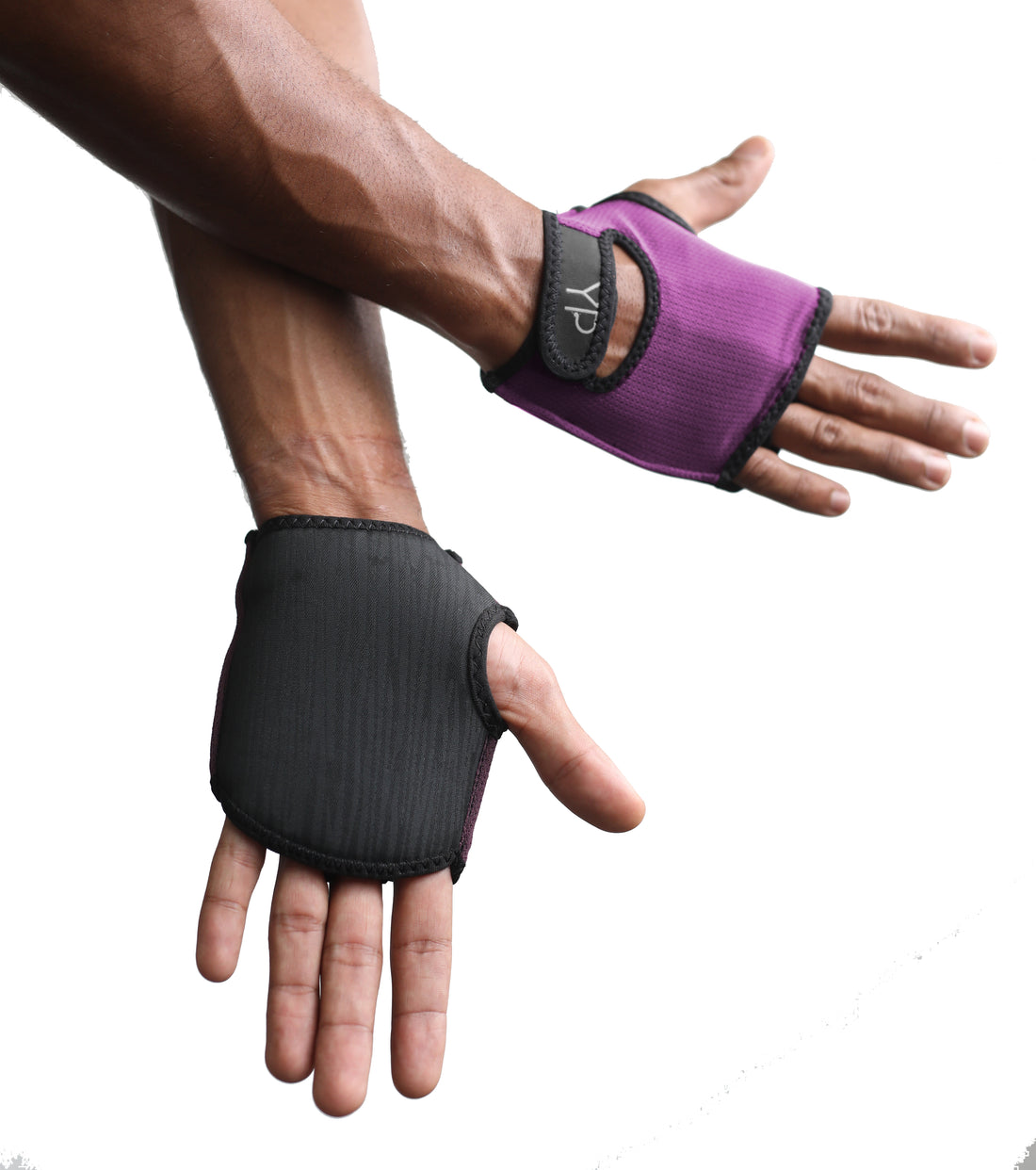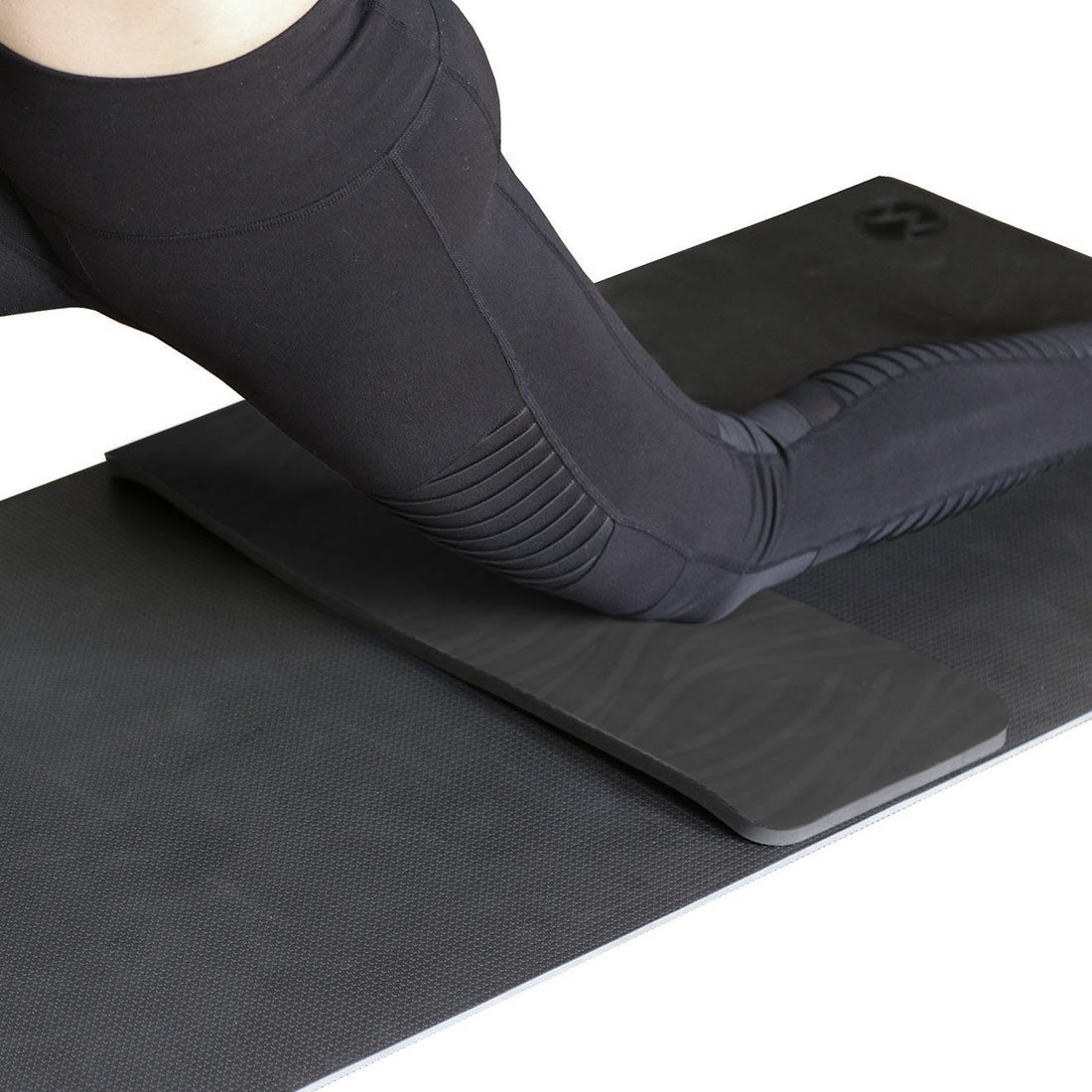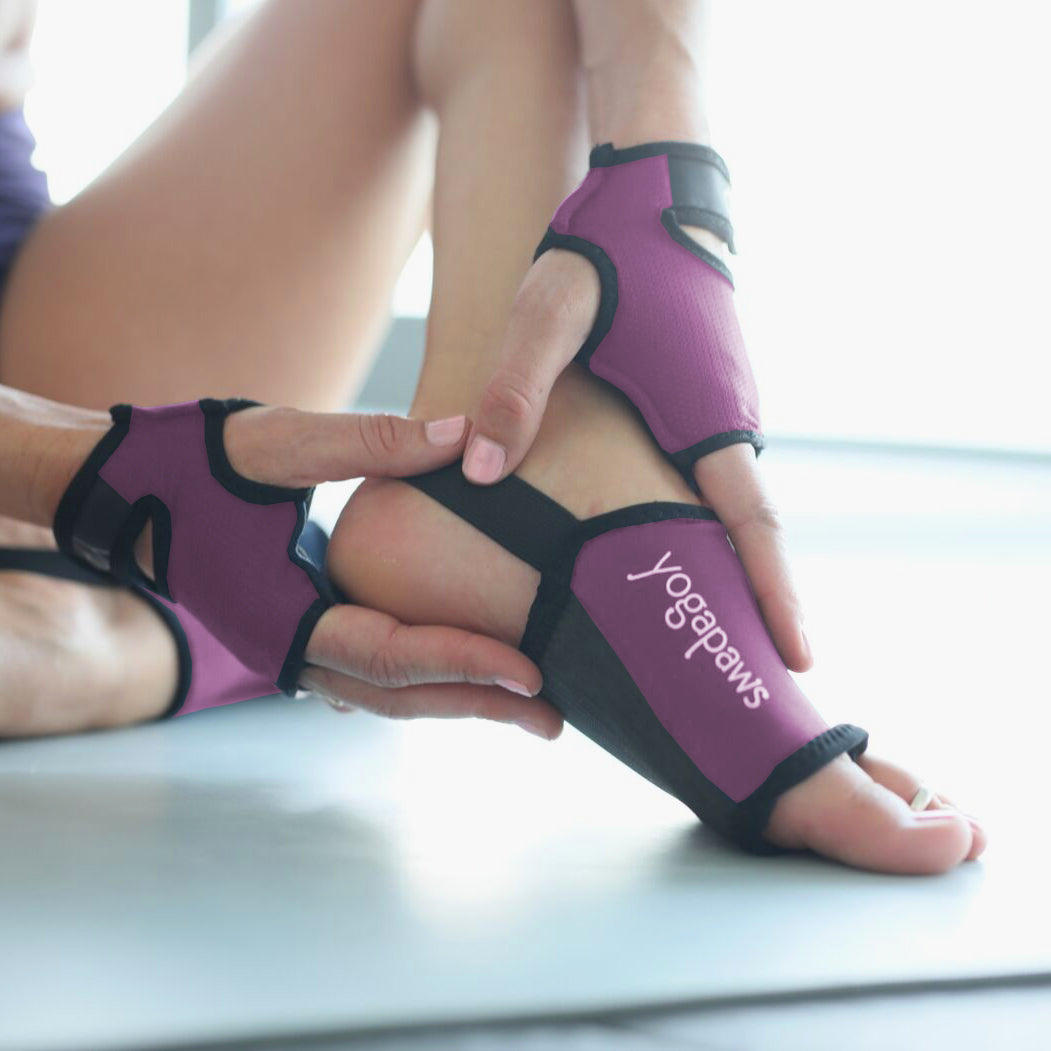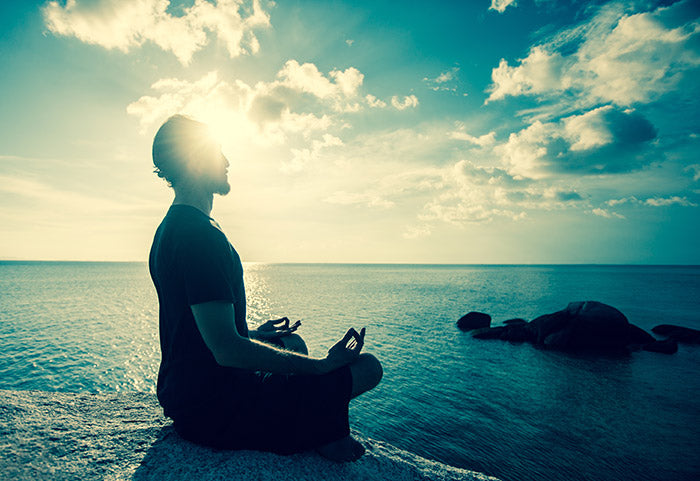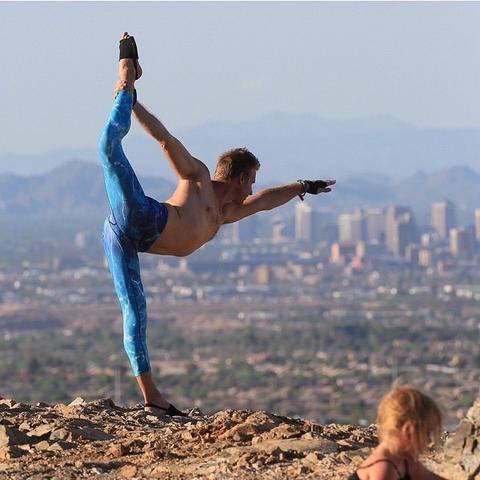 Your body spends most of the time “on the grid.” And, it’s good at doing that. Walking, moving forward and back, or side to side, all seem pretty effortless. So, when you first attempt to find your balance in yoga, whether flying along in arm balances or anchored on one leg, it can come as a surprise to all of the muscles and ligaments that are used to gliding along. It’s a big challenge to re-orient yourself around a different axis. From bending into your knee in a standing pose to mastering off-kilter inversions, yoga is constantly inviting you to redefine how your body connects to the mat — and how your mind and spirit create balance in your life. It’s an invitation you’ll want to accept.
Your body spends most of the time “on the grid.” And, it’s good at doing that. Walking, moving forward and back, or side to side, all seem pretty effortless. So, when you first attempt to find your balance in yoga, whether flying along in arm balances or anchored on one leg, it can come as a surprise to all of the muscles and ligaments that are used to gliding along. It’s a big challenge to re-orient yourself around a different axis. From bending into your knee in a standing pose to mastering off-kilter inversions, yoga is constantly inviting you to redefine how your body connects to the mat — and how your mind and spirit create balance in your life. It’s an invitation you’ll want to accept.
In everyday life, you might not use many rotational movements, particularly ones that require you to hold your balance as you do them. So, when you are called on to find that ability in yoga, it can seem like your body is learning a foreign language. Many yoga poses take you out of that comfort zone by not only shaping your body into angles but adding curves, like the beautiful arc of the back leg makes in Natarajasana (Lord of the Dance Pose).
As you approach the poses in your practice, the key is not to be apprehensive. Trust your body to understand or come to understand the axis on which you are balancing. Think about the movement as allowing your body to fill the pose. Also, don’t stiffen or tighten your body, which is a common temptation when you feel off balance. Instead, think about engaging your muscles and being aware what each part of your body is doing. Engaging the core body by thinking about bringing it back toward the spine gives you a centered place from which to flow into balances. Drawing in the side waist further strengthens that.
Don’t be afraid to build your confidence and your balancing ability by working at the wall. The wall isn’t a crutch; it’s a guide. Often, even experienced students incorporate the wall into balancing asanas to check their alignment and make sure their shoulders and hips are rolling forward or back. More than support, balancing against a wall helps to ensure that your back is straight and your pelvis is tucked under — giving the proper foundation for moving that asana onto the mat. For twisted poses, working at the wall can help you understand how to stretch your arms and torso rather than curling your upper body toward your leg. It can also take away the fear that prevents you from fully exploring new asanas. integration. Even subtle movements such as relaxing the shoulders away from the ears or drawing the heels toward the floor can help knit the body parts into a more stable whole.
Here are some new ways to play in your body:

|
Parsva Bakasana (Side Crane Pose) Benefits: This pose helps to strengthen your wrists, arms, shoulders, obliques, and core. Improves balance. How it's done: Begin in a standing pose. Bend your legs down into a deep squat, knees together. Twist to the side and place hands your on the floor, shoulder-distance apart, and fingers pointing forward. Lift your knees as high as possible on the arm. Lean forward and find balance as your feet float off of the floor. |
 |
Parighasana (Gate Pose) Benefits: This pose allows you to explore balance off-center with the security of your legs on the floor. How to do it: Kneel on the floor. Stretch your right leg out to the side. Turn your right knee to face the ceiling, allowing your right hip to come forward slightly. Bring your arms out away from you, palms down. Reach your right arm to your right leg or the floor. On an inhale, bring your left arm up by your left ear. Remain in the pose for 30 seconds to one minute, then release and repeat on the other side. |
 |
Salamba Sarvangasana (Supported Shoulderstand)
|
Find Your Fulcrum. As you practice, think about what part of your body the movement comes from. Focus on stabilizing that in these poses.
Don’t forget to look. Unless your teacher has asked you to close your eyes, they are a powerful tool for helping you find your balance. Find your drishti (gazing point) about two to three feet away in standing poses. Keep your gaze on that spot as you do the pose.
Another key to this practice is, as always, your breath. You can think of it as the thread that links you to the poses. Keep your breathing deep and even as you practice. Think of breathing into whatever part of your body feels strained or tight.
Relax. Just like balance doesn’t come into your life all at once, it takes time to come into your practice. Fortunately, there are a lot of moments of discovery along the way, and each opens an exciting door to new variations and new successes.


